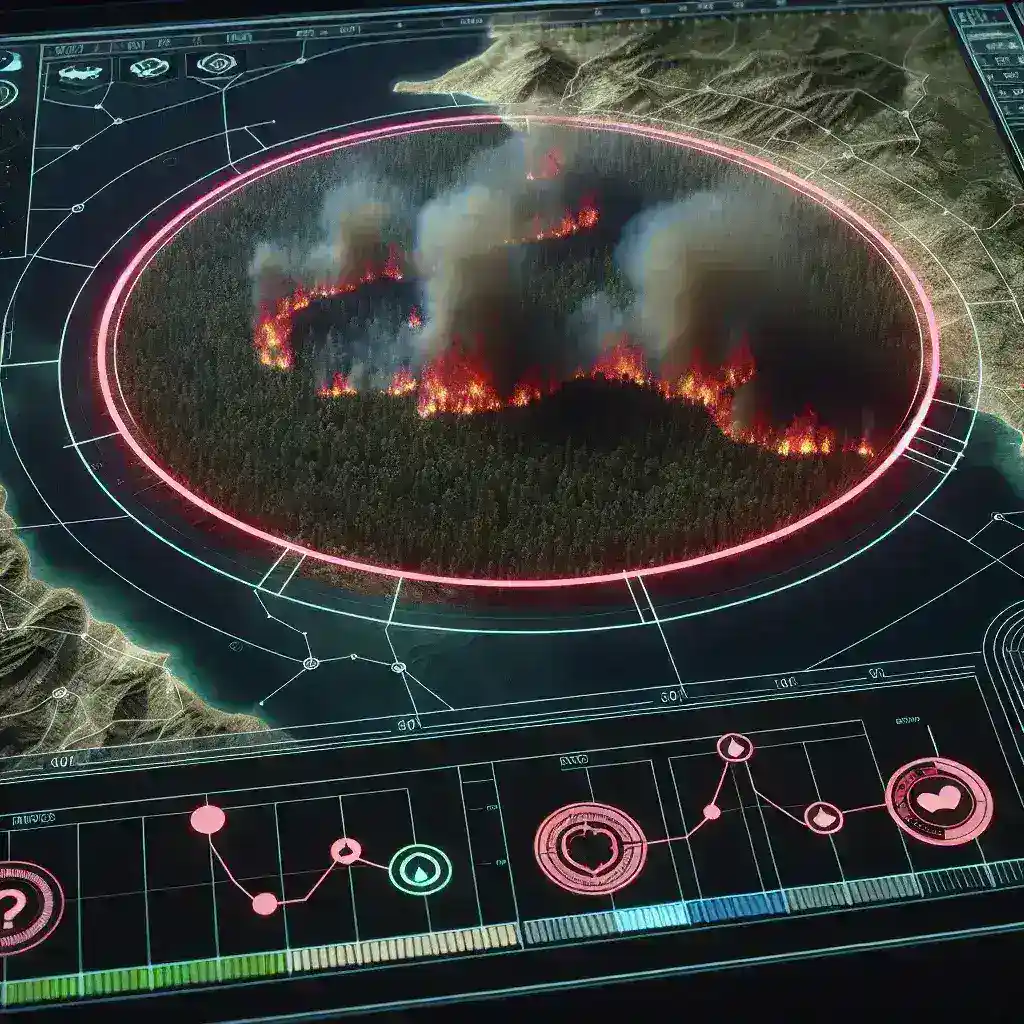Google Maps Adds Wildfire Perimeter Updates in Real Time
Introduction
In an era where natural disasters are increasingly becoming a norm rather than an exception, keeping abreast of the ongoing situation has never been more crucial. Google Maps has taken a significant step toward enhancing safety and preparedness by introducing real-time wildfire perimeter updates. This new feature not only informs users about the current status of wildfires but also aids in evacuation plans, emergency services, and overall community awareness.
The Importance of Real-Time Updates
Wildfires can spread rapidly, making timely information vital for those in affected areas. The addition of real-time updates allows users to:
- Track the progression of wildfires, ensuring they can make informed decisions.
- Stay informed about evacuation routes and safety zones.
- Assist emergency services by providing them with up-to-date locations of the fire.
- Help families and residents avoid danger zones.
A Brief History of Wildfire Management
Wildfires have been a part of our ecosystem for centuries, playing a crucial role in the regeneration of certain types of flora. However, as human settlements have expanded into wilderness areas, the risks associated with wildfires have also increased. In the past, information about wildfires was often slow to disseminate, relying on news reports or local authorities. The advent of technology has changed the way we manage wildfire information.
Evolution of Technology in Wildfire Monitoring
Historically, tracking wildfires involved ground teams and aerial surveillance. With the introduction of satellite imagery and digital mapping, this process became more efficient. The integration of real-time data allows officials and the public to access information instantaneously, drastically improving response times during wildfire incidents.
How Google Maps Implements Wildfire Perimeter Updates
Step-by-Step Guide to Accessing Wildfire Information on Google Maps
- Open Google Maps: On your desktop or mobile device, launch the Google Maps application.
- Search for Your Area: Type in the location that you wish to check for wildfire activity.
- Enable Layer Options: Click on the layers icon (stacked squares) on the bottom right corner.
- Select Wildfire Layer: From the options, choose the wildfire layer to see the active fire perimeters.
The Pros and Cons of Real-Time Wildfire Updates
Pros
- Enhanced Safety: Individuals can make quicker decisions regarding evacuation and safety measures.
- Accurate Information: Users can rely on real-time data rather than outdated reports.
- Community Awareness: The community stays informed, which can lead to better cooperation and support among residents.
Cons
- Over-Reliance on Technology: Some may become overly dependent on digital maps, neglecting traditional methods of information gathering.
- Potential Misinformation: If not updated promptly, real-time data can lead to confusion and panic.
- Accessibility Issues: Not everyone has access to technology, potentially leaving vulnerable populations uninformed.
Future Predictions for Google Maps and Wildfire Management
Looking forward, we can foresee further enhancements to Google Maps and its wildfire features. Potential developments may include:
- Integration with Local Alert Systems: Google may partner with local emergency services to provide alerts directly through the app.
- Predictive Analytics: Utilizing AI and machine learning, Google could improve the accuracy of fire spread predictions.
- Community Reporting Tools: Users might be able to report new fires directly through the app, enhancing community engagement.
Real Examples of Wildfire Impact
The California wildfires of 2020 serve as a poignant reminder of the devastation that wildfires can inflict. Thousands of acres were scorched, and communities were displaced. Google Maps provided vital information, aiding in evacuations and keeping residents informed about the status of the fires.
Statistics on Wildfire Damage
According to the National Interagency Fire Center, over 10 million acres were burned in the U.S. in 2020 alone. This staggering figure highlights the necessity for reliable and immediate information regarding wildfires.
The Cultural Relevance of Wildfires
Wildfires also hold cultural significance in many communities. For Indigenous peoples, fire is a part of the land stewardship model and is often used in controlled burns to manage landscapes. Understanding the multifaceted role of fire helps contextualize the importance of real-time updates.
Conclusion
The introduction of real-time wildfire perimeter updates by Google Maps represents a significant stride in wildfire management and community safety. As technology continues to evolve, the potential for improved disaster management strategies becomes increasingly promising. Staying informed and prepared is our best defense against the unpredictable nature of wildfires.

